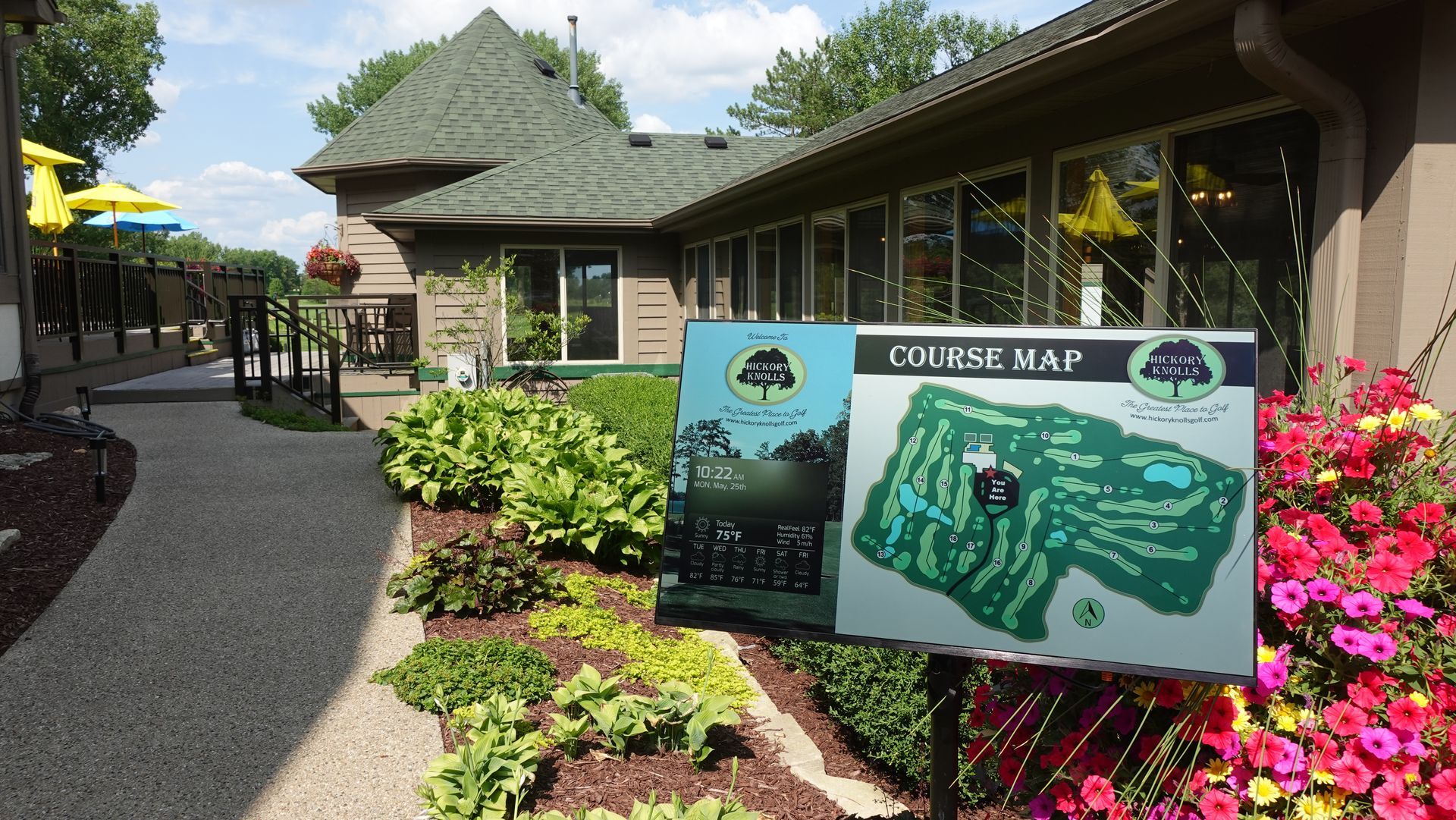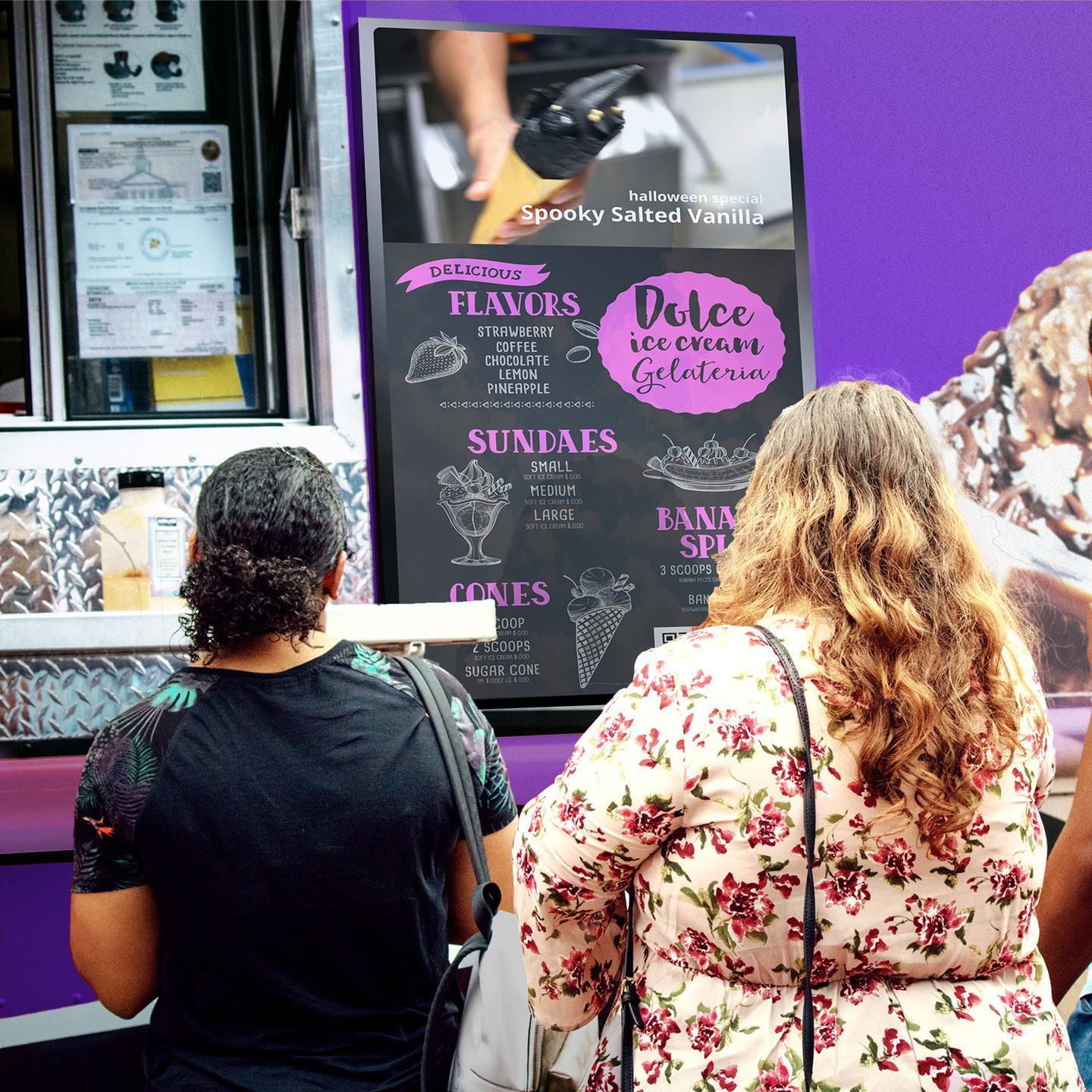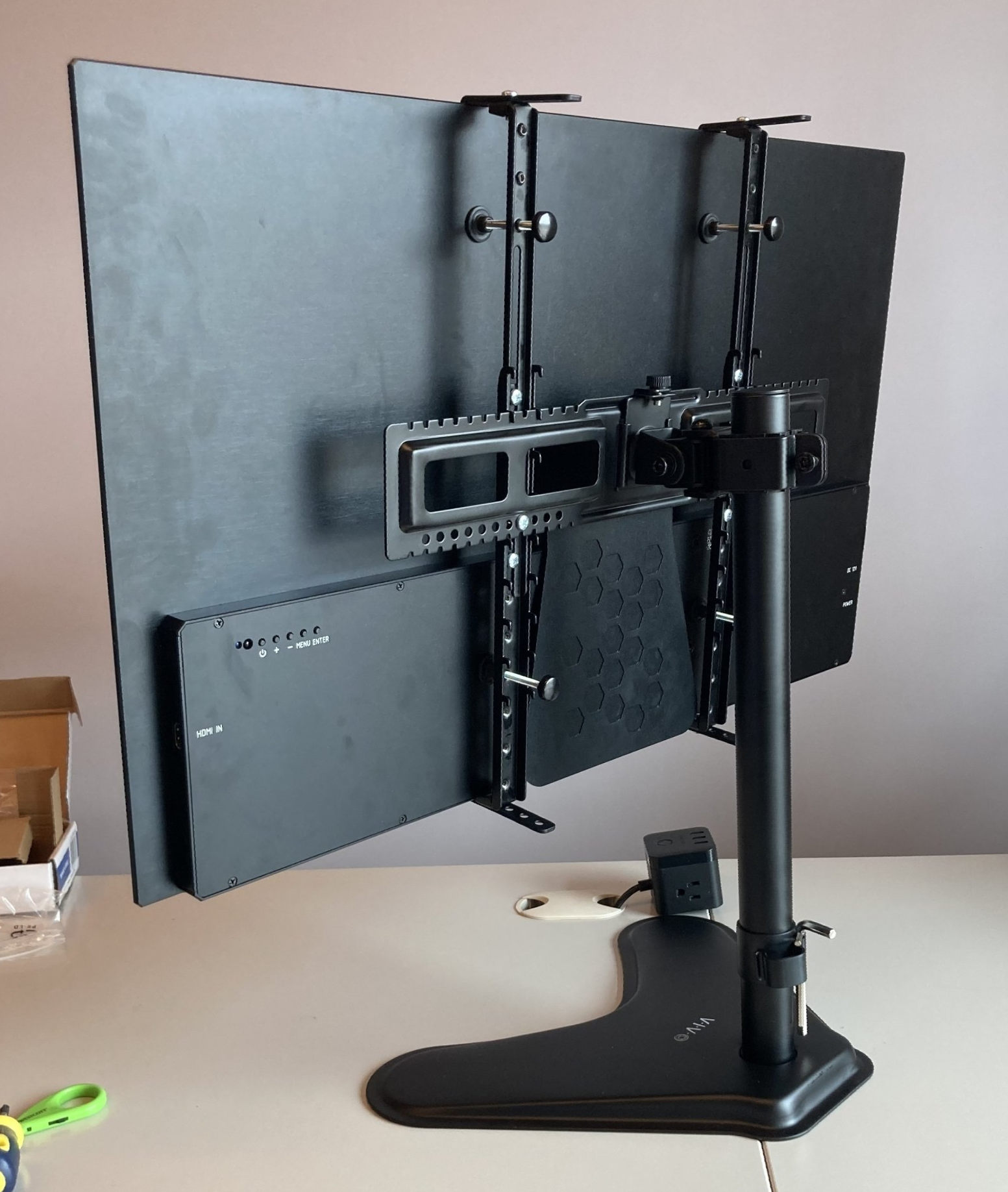Reflective LCD Signs for Parks and Public Spaces
Signs help inform and engage visitors.
A growing trend in many cities and towns is to use outdoor digital signage in parks and city centers. These displays are used to provide relevant information to visitors, such as time, maps, amber alerts, weather updates, event promotions, and current news for the area. Not only is this informative, it also offers a sense of personalized engagement to visitors with the place they are visiting. While the displays offer many benefits to end users, they also offer value to those who own them. One such benefit is the ability to update remotely (over cellular networks).
With digital signage, park messaging can be updated remotely.
A growing trend in many cities and towns is to use outdoor digital signage in parks and city centers. These displays are used to provide relevant information to visitors, such as time, maps, amber alerts, weather updates, event promotions, and current news for the area. Not only is this informative, it also offers a sense of personalized engagement to visitors with the place they are visiting. While the displays offer many benefits to end users, they also offer value to those who own them. One such benefit is the ability to update remotely (over cellular networks).
If a town holds a parade and fireworks show, for example, the notification for that event needs to be taken down once the event ends and replaced with the next notification. A forest preserve may need to notify its visitors that a tree has fallen and is blocking Trail #7, or that repairs are being done to the park’s north entrance. Whatever the case, it’s quite easy to deploy such updates remotely in real time. It can be done from the office with a few keystrokes. This eliminates the need for somebody to physically drive down to each sign to manually change the lettering. As the saying goes, “Work smarter; not harder.”
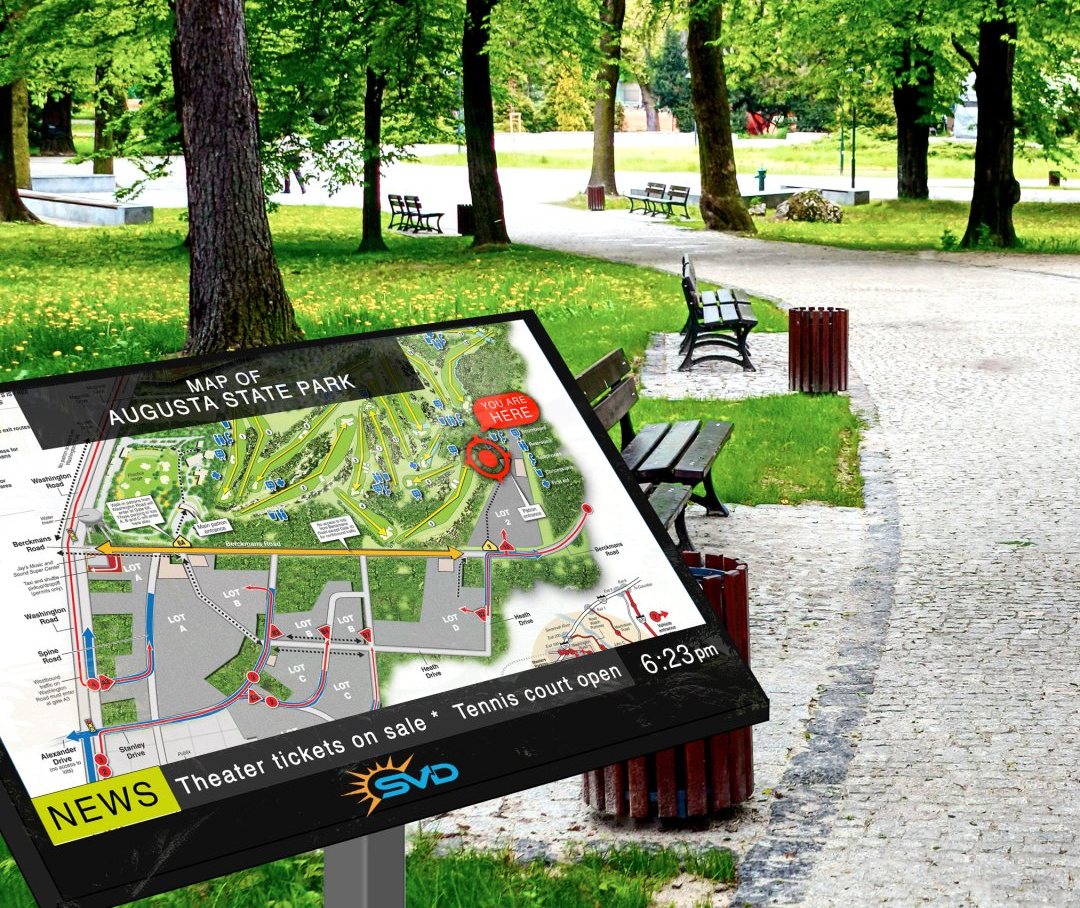
Several parks have made the switch to digital signage.
A growing number of parks have already begun recognizing the value that outdoor displays can add. We have seen this trend implemented here in the US. In Cuba, New York, for example, a very unique LCD display has been
integrated into one of the town’s public places to honor veterans. Genesee Park, close to the downtown area, includes a Veteran’s Memorial which provides a place for people to acknowledge those who’ve served in the armed forces. The LCD is mounted inside one of the large granite stones, allowing visitors to find specific information about veterans they are interested in researching while interacting directly with the memorial.
This trend is a global one as well. In Port Philip, Victoria, Australia, the St. Kilda Botanical Garden offers another great example. Their attraction provides a complete digital signage system for visitors to use as a means for wayfinding and receiving information. This system’s aim is to improve the quality of visitor experience via a singular, consistent platform. And, in Merseyside, England,
Knowsley Safari is a zoological park dedicated to research and conservation. It also has a digital signage solution installed throughout its premises for providing wayfinding, as well as current, relevant information.
The examples don’t end there, of course, but they should give you an idea of how great attractions can find additional value by utilizing LCD technology. And, with growing awareness of this technology, its implementation into parks and recreational areas is expected to continue rising at a rapid pace. But, awareness and usage aren’t the only things growing – the technology itself also continues to grow and reinvent itself, creating advancements which pave the way for some very exciting new features. One of these targets the idea of reflectivity.
Sun Vision Display signs are paving the future of park digital signage with Color Reflective LCD Technology. Here's how it works.
Reflective LCDs are displays that do not require a backlight but instead rely on a reflective layer (like a mirror), using sunlight and ambient light to light up the display. This technology is gaining more attention, as consumers and companies alike continually search for larger digital signage options with lower operating costs. Reflective displays are available in multiple sizes. Sun Vision Display currently
offers them in 32” and 43” , which can be tiled together with each other in various configurations to make larger sizes. A 55” size is currently in development and will be available in the near future. Also, since reflective displays use up to 95% less operating power, they offer enormous savings potential – particularly to park centers, which are always scanning the horizon for new ways to stay within budget.
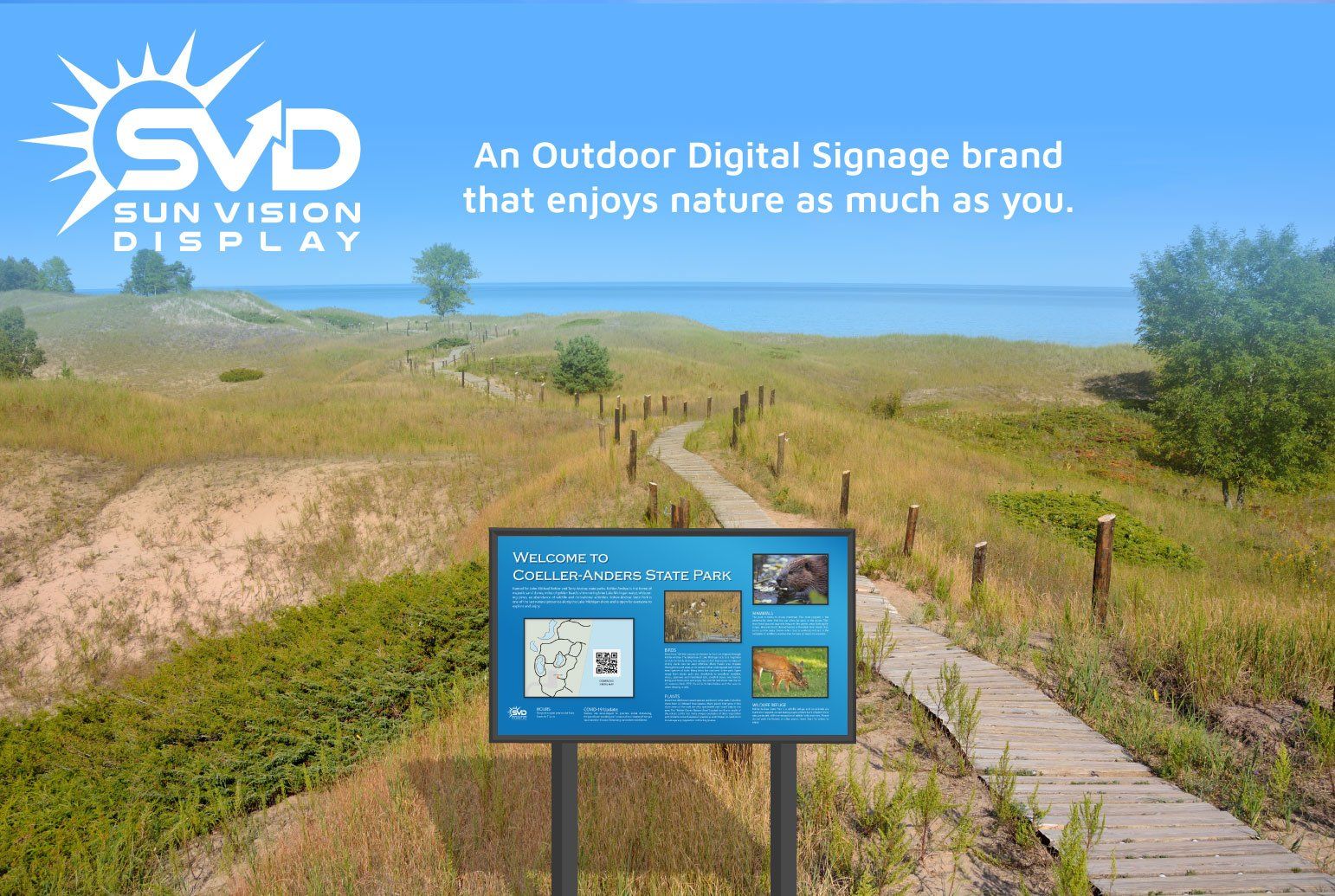
Durability is always a question when it comes to any outdoor product, and it is an area where reflective technology excels as well. From the famously rainy Pacific Northwest through the snowy Rocky Mountains (and all the way to the ever-bright Sunshine State), each of these environments presents its own set of challenges – from solar load to high humidity (and even sub-zero temperatures). Traditional backlit displays can struggle to adapt to these climate conditions – especially if they stay in one place year-round. By nature, they generate their own heat. Not only does this translate into wasted energy, it means the display needs to be designed to dissipate heat while directly in the summer sun. It must also be able to conserve that thermal energy as well as possible on a cloudy, blustery day.
With a temperature range of -20°C to +70°C and an IP65 rating, reflective technology truly is a PERFECT FIT for nearly any outdoor condition. There are a few exceptions, of course. If you regularly experience volcanic eruptions accompanied by category 5+ hurricanes and tsunami sightings, then you simply won’t find a display that works well for you, and we suggest you move to a safer place. Simply put, reflective displays are at home in any environment because they were designed to use natural elements, rather than compete with them. Backlit LCDs, on the other hand, try to “outbright” the sun, which is a tough task – no matter how you try to go about it! It always requires a lot of power and equates to a shorter lifespan – both of which have their costs over time.
All in all, here is the bottom line. As long as there are cities and towns, there will be parks. Can we agree on that? Within those parks, some form of information usually needs to be on display, which will need to be updated periodically. Are we still good? Great. Bottom line, it costs money to update that information, whether you’re paying for it in the form of a maintenance person who earns a salary or in the form of an
LCD display (along with any maintenance/repair costs that come with it). Reflective displays make a lot of sense, because their maintenance costs are minimal, they last longer, they cost less to operate, and they do not run up the bill by requiring additional personnel on the payroll.
LCD technology is the direction that large outdoor signage is headed, and Reflective LCDs from Sun Vision Display offer the best option for anyone who wants to stay moving in that trend.
